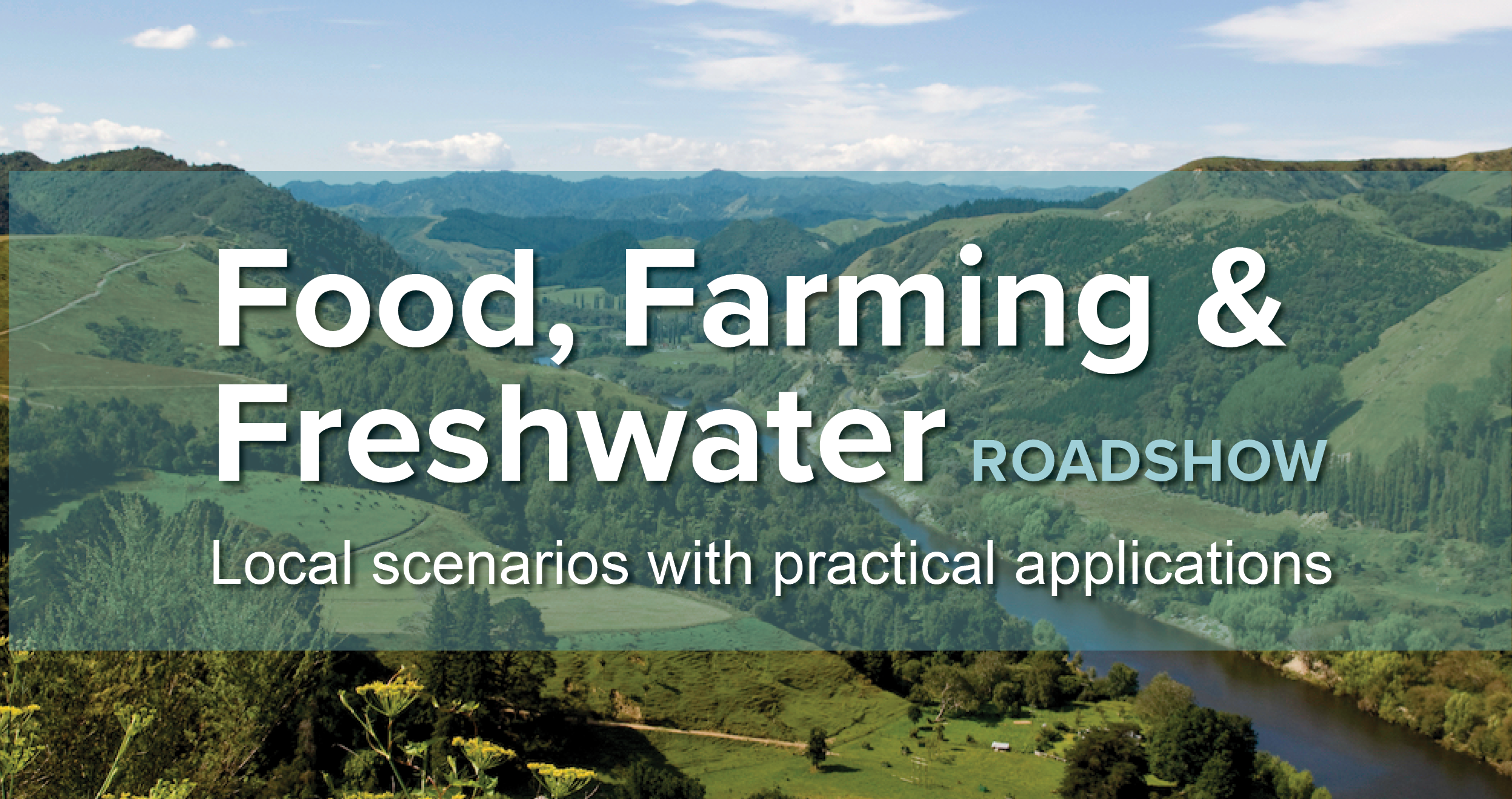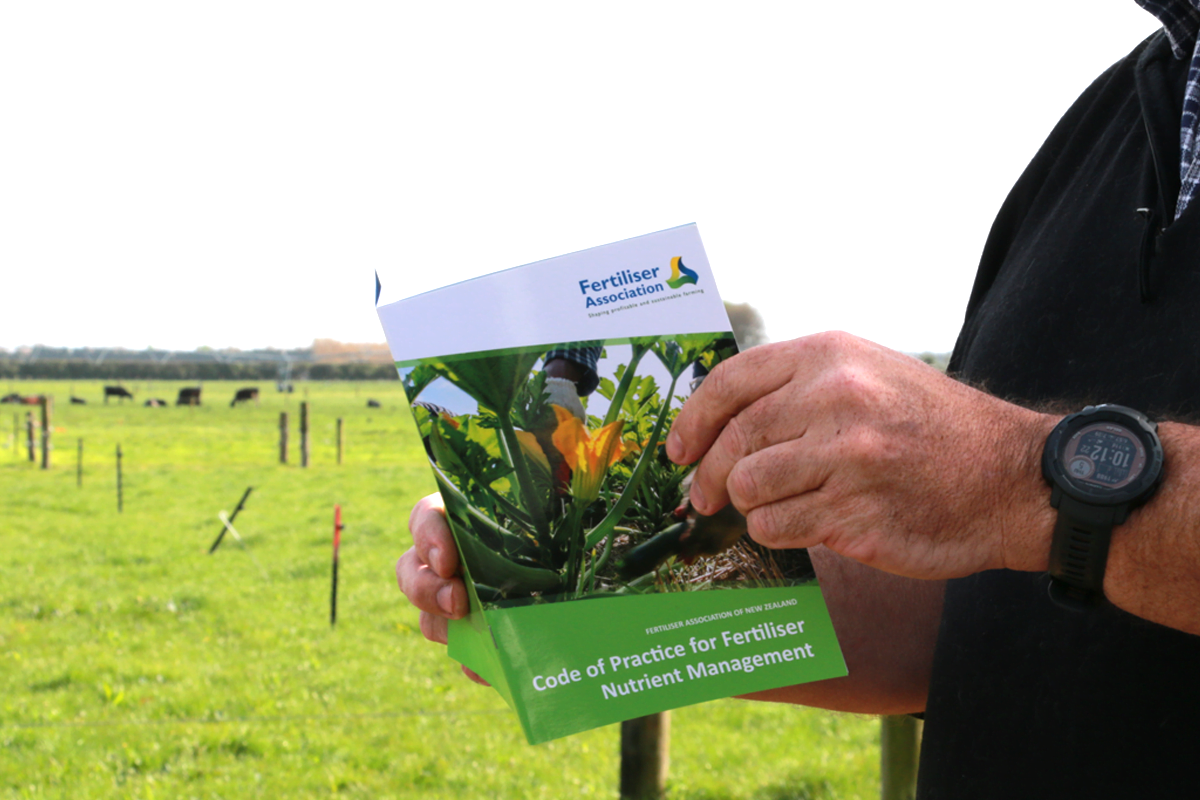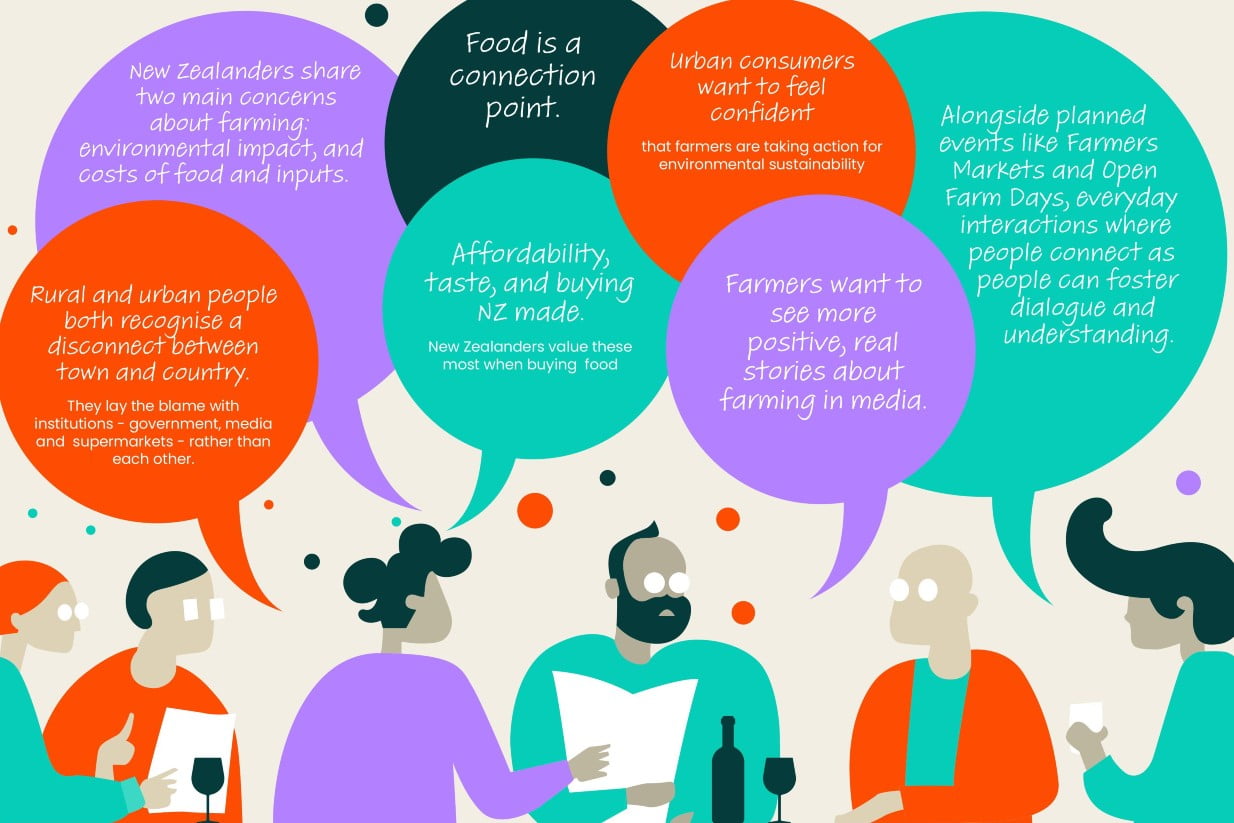November 02, 2023
Resources for
Catchment Groups
Natwick Photography
Catchment groups can create thriving rural communities, safe havens for native fish and birds, and cleaner water for the next generation. These practical tools and resources can help your group work together to add diversity and tackle environmental challenges for your catchment and community.
Showing 1 - 12 of 51 results
Terrestrial macrofauna invertebrates as indicators of agricultural impacts
This report examines how invertebrates like spiders and worms can be counted to evaluate the impact of regenerative farming practices. Farms have vastly more insects,…
If the climate is changing, will land use need to change?
The earth’s surface has gradually been warming up since the beginning of the 20th century – by as much as 1C in some places. One…
Native biodiversity and regenerative agriculture in New Zealand
Five farming practices are highly likely to increase native bird abundance and native vegetation in New Zealand, finds this report. The five key practices for…
Te Miro Farm Community Project
This short video, shot at Te Miro Farm, shows researchers from the Faecal Source Tracking project joining hapū groups, dairy farmers and the local school…
 View Our Strategy Document 2019 – 2024
View Our Strategy Document 2019 – 2024


